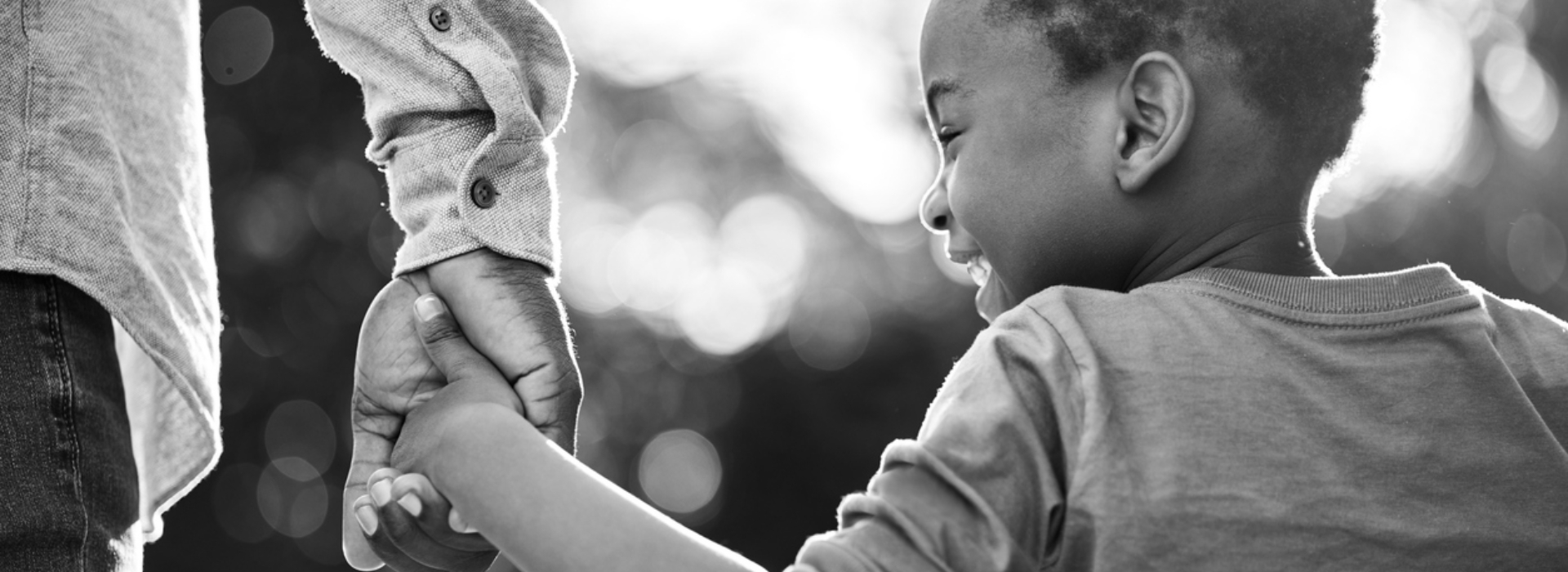Everyone loves a good, friendly dog, but most people have also heard stories of vicious dog attacks and bites. When “man’s best friend” is not raised appropriately, aggressive behaviors in any breed can eventually trigger an attack. While you can’t always know what dogs are aggressive and might attack you when you’re in public or at someone’s house, you can know ahead of time about what to do to protect yourself during a dog attack. Your focus should be staying calm, commanding your space, and protecting your face and throat, which we will discuss in more detail.
Pay Attention & Stay Calm
The best way to protect yourself from a dog attack is to not get to a point in which the dog is prompted to attack you. Whenever you are near a dog you don’t know or one that is unattended, you should pay close attention to its body language and behaviors. Dogs rarely attack without first showing outward signs of aggression. Try to identify these signs early to defuse or avoid the situation altogether.
A few signs of aggression common in most dog species are:
- Loud, repeated barks and snarls
- Bared fangs and molars
- Raised hackles or getting a “razorback”
- Biting at the air
- Standing tall and with a wide stance
- Stiff ears and slowly moving tail
If you notice a dog acting aggressively towards you, then it is important that you do your best to stay calm. Canines often attack when they notice fear responses in their prey. You have to be confident and control your space, but don’t challenge the dog because this could trigger their attack.
It is usually recommended that you stand a little indirectly of the dog with your side showing slightly to it. Do not try to make direct eye contact with the dog, which is sometimes interpreted by canines as a challenge. If you have something in your hands, hold it out in front of you steadily to appear larger. Resist the urge to run away. With some luck, the dog should lose interest if you are standing your ground.
Bodily Defense During a Dog Attack
Not every dog is going to give you ample warning signs that it is aggressive and looking for a fight, though. Dogs that have been raised to be dominant or alphas sometimes attack with little to no warning. You could be completely careful around a dog and respect its body language and still be attacked, unfortunately. If a dog is not just threatening you but actively attacking you, then there are a few tips to remember when defending yourself.
Six dog attack defense tips you should know:
- Shout: Although you should stay calm prior to a dog attack to deter the creature from attacking, you should shout for help the moment it begins an aggressive attack that you can’t stop. Even just one other person there can be enough to make the dog feel outnumbered and retreat. You may want to shout “fire” to get peoples’ attention quicker and ensure that they run over to you, rather than away from the dog.
- Decoy: An aggressive dog is not exactly a calculating creature. It will snap and bite onto almost anything that gets near enough to its maw, which you can use to your advantage. You can attempt to get the dog to bite onto anything that isn’t you, like an object in your hand, a stick you can pick up off the ground, the empty sleeve of your jacket, or even a shoe you slip off your foot just before the attack.
- Closed fists: Your fingers are vulnerable to severe injury in a dog attack. Keep your fists closed at all times to make it difficult for the dog to bite your finger. A larger dog’s bite force could be enough to sever it.
- Protect your face and throat: Fatal dog attacks most often involve severe lacerations to the face and throat. Keep your fists and forearms close to your upper body to shield your face, throat, and chest.
- Forearm and shin injury: An aggressive and quick dog might be incredibly difficult to fend off, and a bite at some point in the attack might be practically inevitable. If a dog is about to bite you and you can’t avoid it, then try to get them to latch onto your forearm or shin. You have a lower risk of arterial damage that can cause fatal hemorrhaging if you are bitten in these areas.
- Careful removal: Once a dog bites your arm or leg, attempting to yank it free from its jaws could be dangerous. The pulling motion will probably worsen the lacerations and not free you at all. Instead, you might want to use the moment to grab, secure, and overpower the dog. They only have one mouth, after all, and most species cannot do significant harm with their paws.
After a Dog Attack
When a dog attack ends, you should call for immediate medical assistance if you have been seriously injured. You do not know if the dog that attacked you had rabies or another type of virulent infection, so you have to assume the worst and go to urgent care even for small bites.
If the dog’s owner is around, you should exchange contact information with them. Depending on the situation that led up to the dog attack and its outcome, you could be able to seek compensation from the dog’s owner, which might include filing against their homeowner’s insurance policy or a pet insurance policy. You are encouraged to talk to a local dog bite injury attorney for more information about legal actions you can take in your state after a dog attack.
Murray & Murray offers legal counsel to dog attack victims and their families in Sandusky, Ohio. Contact our firm as soon as possible after being attacked or bitten by a dog.

